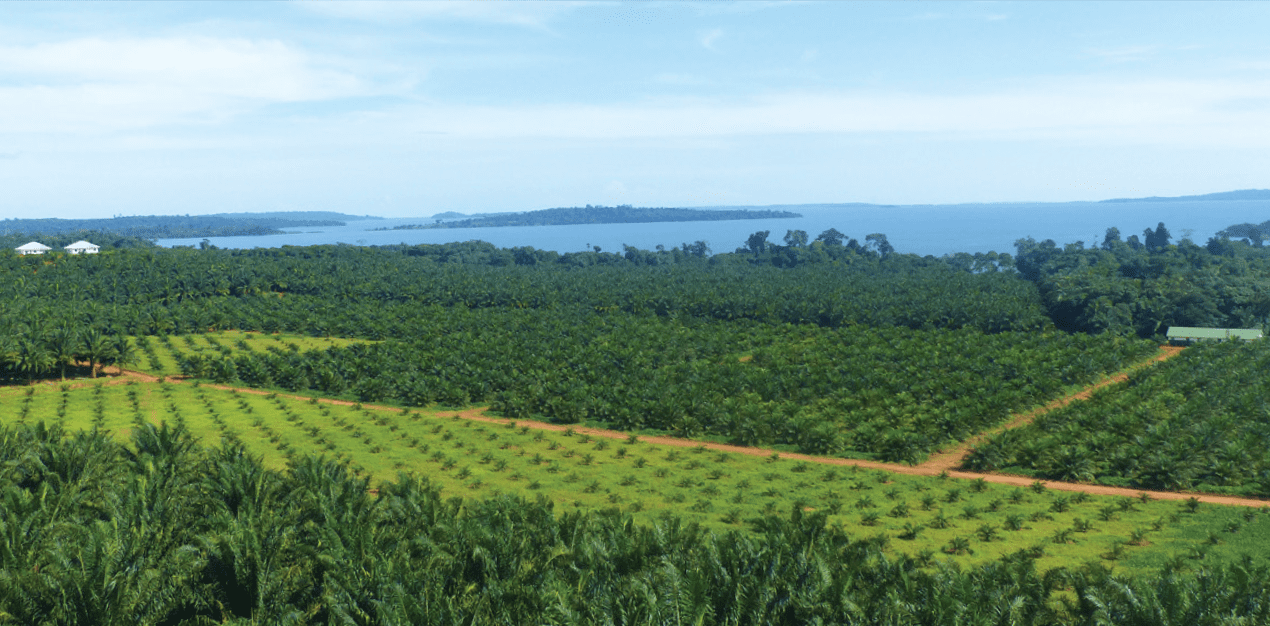
Kuok Khoon Hong, CEO of Wilmar, is expecting better results this year and he believes that Wilmar is going to pay big dividends one day. Why does he thinks so?
“I have a lot of money in this company. If the investments [referring to ventures in Africa] were very risky, I wouldn’t go in at the first place.”
As Kuok answered minority shareholder’s concern on expansion into Africa, he continued,
“I can’t see the whole of Africa going down and even if it does, we can afford the risk. It is one continent we have one big advantage in. I’m getting on in age in a few years’ time and I will slow down investments and then we will pay attractive dividends.”
Here are 8 Quick Things I Learned From Wilmar’s AGM 2015:
- Kuok is 65 this year yet he still works 16-hour days. As far as succession is concerned, he tried to groom Martua Sitorus but apparently Sitorus had other plans. So Kuok reassured shareholders he would find a new successor before he hits 70. On day-to-day business operations, he is not worried as it’s fully taken care of even when he is not around.
- Willmar has are five main key business segments. Each one of them is the leader in its own respective market. For example, Wilmar owns oil palm plantations covering around 240,000 hectares which is equivalent to four times the land area of Singapore! Wilmar has 45% market share for consumer pack oil in China, 35% in Indonesia, 20% in India, 55% in Vietnam and 20% in Bangladesh. Wilmar entered the sugar business in 2010 and since then, this division has grown by leaps and bounds. Today, Wilmar is one of the largest raw sugar producers in the region and refines almost 75% of Australia and New Zealand’s sugar requirement.
- According to Ho Kiam Hong, chief financial officer of Wilmar, there are very few companies in Asia that have a vertically integrated business model like Wilmar. A vertically integrated model means that a supply chain of a company is owned by that company itself – the company owns the manufacturer, supplier, distributer, etc. Vertical integration helps reduce costs and improve efficiency among other advantages. (I’ll cover the vertical integration of Wilmar and its advantages in a later article.)
- Wilmar is strengthening its consumable market brands. Management believes that building up brands offer a higher value-added proposition than merely being a commodity company. In 2012, Wilmar joined forces with Kellogg’s to produce premium breakfast cereals and snacks in China. This year, Wilmar acquired 50% of Goodman Fielder which owns brands such as MeadowLea, Praise, White Wings, Pampas, Helga’s, Wonder White, etc. across Australia, New Zealand and Asia Pacific. And most recently, Wilmar joint-ventured with Repi Soap who owns prominent soap and detergent brands such as ROL, Ajax and Largo to enter new markets (e.g. Ethiopia). This segment constituted 11% of profit before tax in 2012 and has since grown to 18% in 2014. On this segment, Kuok further elaborated:
“One company recently listed in China with only one consumer product yet has the similar market capitalization of Wilmar International. Our consumer business with multi-prominent brands is obviously under-unappreciated by the market at the moment.”
- Wilmar doesn’t rely on biological asset gains to boost its earnings. For the past nine years, Wilmar booked a total biological asset gain of US$684 million. Comparing that amount against its total profit before tax of $13.74 billion in the same nine-year period, biological asset gains are only 5% of profit before tax. The reason for this is because management chooses to value its plantations at cost rather than market value. According to the CFO, the average value of Wilmar’s biological assets is approximately US$7,800/ha is very conservative compared to the recent transacted market value at approximately US$20,000/ha.
- As at Dec 2014, Wilmar’s total debt stood at US$22.4 billion — 15% lower from a year ago. 57% of its total debt is due to trade financing. Trade financing grows and shrinks in proportion to commodity prices as the financing is solely used for working capital. As highlighted in our 2014 AGM article, trade financing is simply a tool used to minimize credit risks between importers and exporters. These loans are relatively cheap (0.5-1% p.a.), short-term, and is the norm among commodity companies. What surprised me instead was to see Wilmar earning money from their financing activities. In 2014, the company’s interest income was $600m (at 11% interest rates) which exceeded interest expenses of $551m (2.2% interest rates). When the question was put forth during the meeting, Kuok didn’t disclose how the financing is done because it is a trade secret he doesn’t want competitors to know about.
- The company is likely to spend at least US$1 billion p.a. on new investments in the next few years. Obviously, Kuok doesn’t believe in investing for the sake of investing but as commodity prices overhang, he is seeing attractive opportunities surfacing in the market. The investments will be internally funded and there are no plans to raise any equity as Wilmar’s recurring income from its businesses is self-sustaining.
- Haze. Haze. It’s not only irritating but health threatening to those who are affected but Wilmar is not the cause of the haze as the company doesn’t believe in taking short-cuts (i.e. slash-and-burn practices). Since 2013, Wilmar has been taking the lead to solve the haze issue by cutting off suppliers caught burning in Indonesia.
[**More About Wilmar: The One Competitive Advantage Wilmar Has to Dominate its Industry]



